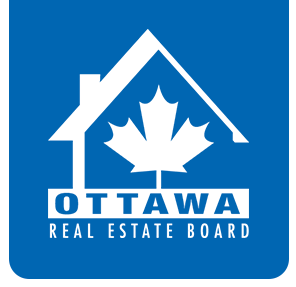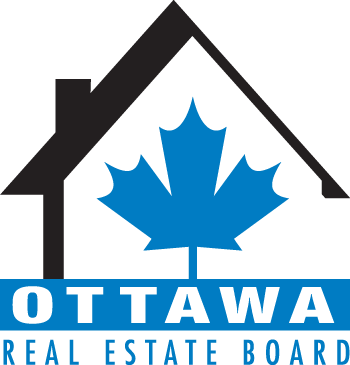Members of the Ottawa Real Estate Board sold 1,795 residential properties in April through the Board’s Multiple Listing Service® System, compared with 1,711 in April 2016, an increase of 4.9 per cent. The five-year average for April sales is 1,613.
“The April resale market continued its upward trend in units sold, just shy of a record set in 2010,” says Rick Eisert, President of the Ottawa Real Estate Board. “Sales activity is indicating a trend towards a seller’s market. Lower inventory, combined with increased demand, is creating many more multiple offer situations and quicker moving properties, with the average cumulative days on market dipping to just 71 days.”
April’s sales included 312 in the condominium property class, and 1,483 in the residential property class. The condominium property class includes any property, regardless of style (i.e. detached, semi-detached, apartment, townhouse, etc.), which is registered as a condominium, as well as properties which are co-operatives, life leases, and timeshares. The residential property class includes all other residential properties.
“We continue to see a trend in the amount of high-end units selling,” reports Eisert. “Properties selling for $500,000 and up has increased over last year, and even more significantly in the over $1 million market, which doubled in sales over April 2016. Since the beginning of the year 83 properties over $1 million switched hands, compared to only 38 in the same time-frame last year. The increase in sales for high-end properties may be fuelled by a combination of the migration of buyers from Toronto and move-up buyers. Another contributing factor is that many, generally well paying, jobs are opening up in the high-tech sector, driving more people into the Ottawa market.”
The average sale price of a residential-class property sold in April in the Ottawa area was $435,883, an increase of 7.9 per cent over April 2016. The average sale price for a condominium-class property was $268,553, an increase of 2.9 per cent over April 2016. The Board cautions that the average sale price can be useful in establishing trends over time but should not be used as an indicator that specific properties have increased or decreased in value. The calculation of the average sale price is based on the total dollar volume of all properties sold. Price and conditions will vary from neighbourhood to neighbourhood.
“The two most active price points in the residential market continue to be the $300,000 to $399,999 followed by the $400,000 to $499,999 range, combined accounting for 55.1 per cent of the market. Within the condo market, the most active price point was between $150,000 and $249,999, accounting for 53.8 per cent of the market,” says Eisert. “In addition to residential and condominium sales, OREB Members assisted clients with renting 865 properties since the beginning of the year.”


